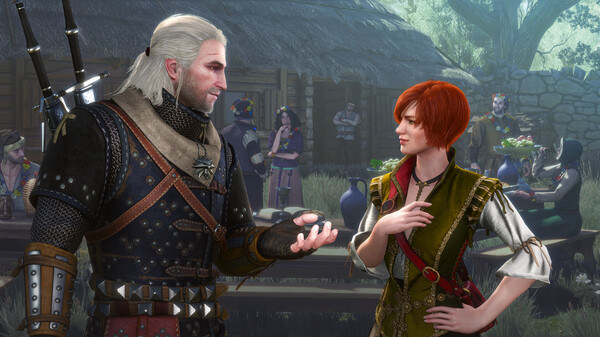
The Witcher 4's Design Lead Discusses the Misconception of Yellow Paint in Game Development
Miles Tost, the level design lead for The Witcher 4, shares insights on the game's design choices, particularly the criticism surrounding the use of yellow paint for player guidance.
One of the recent discussions in the gaming community has focused on the use of yellow paint in games. Many players argue that such obvious cues, like yellow climbable surfaces, come across as condescending. However, Miles Tost, the level design lead for The Witcher 4, emphasizes that the subject is more nuanced than simply labeling yellow paint as good or bad.
All video games inherently lead players through their environments, though Tost acknowledges that early game designs did not always emphasize this guiding aspect. CD Projekt Red (CDPR) discovered many effective practices while creating The Witcher 3.
“Level design may not have been as sophisticated as it is now, and I think the same is true for most disciplines in the industry,” Tost explains. “In The Witcher 3, we didn’t do too much of that. The level design team was still being built, [it] was really fresh, and in some ways it took us the entirety of production to get to a point where we would do (what I would nowadays consider) more traditional level design.”
“Level design may not have been as sophisticated as it is now…”
In past titles, guidance was not as emphasized, with only minimal directional hints added. Tost notes that intuition often led the design team to correct choices that later became industry standards.
They now utilize various visual techniques that both impress players and guide them subtly within the game world. For example, CDPR’s recent project, Phantom Liberty, incorporates a significant amount of compositional guidance.
However, Tost clarifies that while guiding the player is essential, ideally, players should not feel guided at all. He humorously references the concept as being in a ‘yellow room,’ suggesting that over-reliance on obvious cues can undermine the game’s immersive experience.
“I think the problem is not necessarily with the yellow paint, but it’s so known and used right now that people see through the smoke and mirrors there. That ‘oh, I am being guided’…”
“I think the problem is… that ‘oh, I am being guided’…”
For Tost, effective level design harmonizes subtlety in guidance while minimally disturbing the player’s experience, akin to how a clever recipe might mask vegetables to ensure kids eat healthier. Ultimately, even commonplace elements can be tailored to maintain immersion without sacrificing player direction.
